5 Lifestyle Changes That Can Help Your Knee Osteoarthritis
A few tweaks to your daily routine can keep you fit and limber.
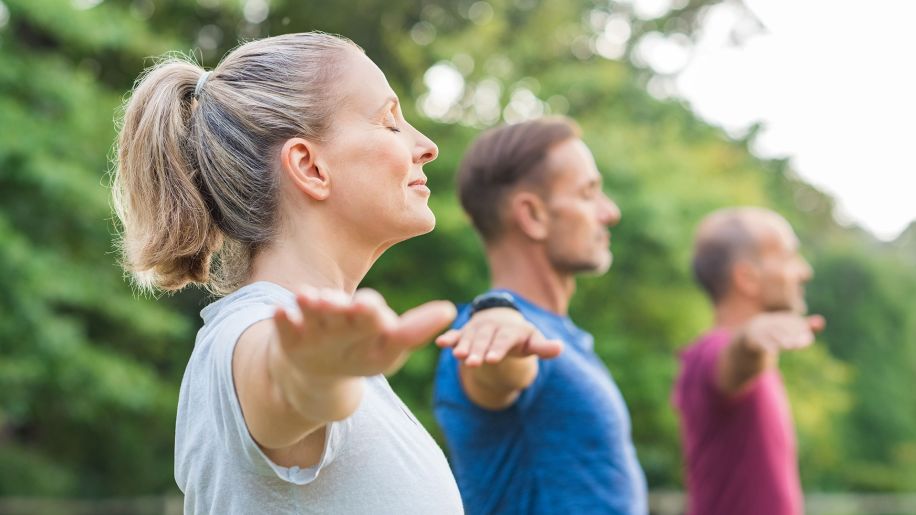
By Elizabeth Millard
When you’re diagnosed with knee osteoarthritis, some aspects of your life may need to change—but it’s not inevitable that the condition will slow you down.
In fact, the changes you need to make to stave off pain and stiffness could improve other parts of your life as well, like giving you more energy and lowering overall health risks.
Here are some simple hacks to help you take control of your knee osteoarthritis and boost your everyday happiness as well.
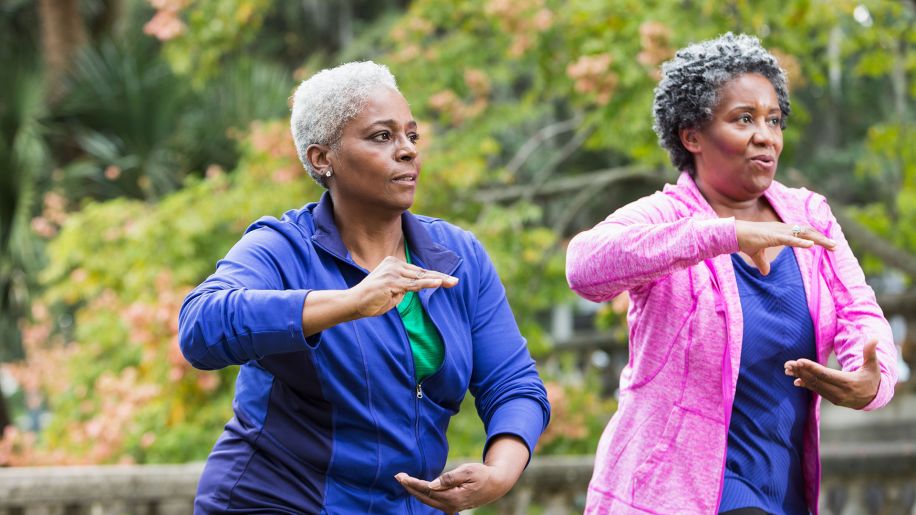
Move in new ways
When you need to be more cautious about your knees, your exercise habits may have to change. Your doctor may have advised you to skip marathon training, for example, and focus instead on walking. But walking can get old pretty quick.
Fortunately, there are plenty of other exercises and sports that minimize impact on the knees and still give you a top-notch workout. Swimming and biking are often popular choices, but consider adding in other options as well, like yoga and tai chi.
Not only can these choices be easier on your knees, but they can also improve physical strength and mobility, as well as decrease pain. Talk to your doctor or physical therapist about tailoring an exercise plan that’s a good fit for you.
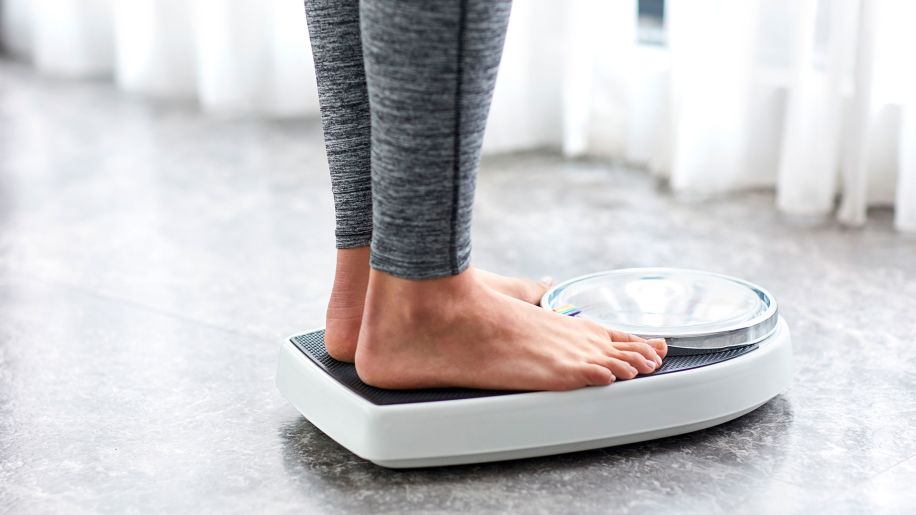
Lose weight, even just a little
Being just 10 pounds overweight can increase pressure on the knee by 30 to 60 pounds with every step. That increases stress in the joint and may speed the breakdown of cartilage, making osteoarthritis worsen over time.
The good news is that even small amounts of weight loss can be helpful in decreasing pain associated with knee osteoarthritis.
Losing weight often depends on what works best for you. It may be helpful to join a structured weight management program, informally keep tabs with friends or simply try cutting back on calories and increasing activity on your own. Play around with different strategies that focus on healthy food choices and increasing movement to find a plan that you can sustain over the long haul.

Fill up on fruits and vegetables
To manage knee osteoarthritis, it’s a good idea to reduce the amount of inflammation in the body, since that can lead to pain and stiffness. Food can play a part in that effort. Limiting added sugar and refined carbohydrates as well as saturated and trans fats may be helpful in quieting the body’s inflammatory response.
What should you put on your plate instead? Plenty of fruits and vegetables as well as healthy fats, which have natural anti-inflammatory properties.
Fruits and veggies are also rich in antioxidants that may help your osteoarthritis symptoms, and they boast other benefits as well—think better digestion, improved cardiovascular health and sustained energy levels.
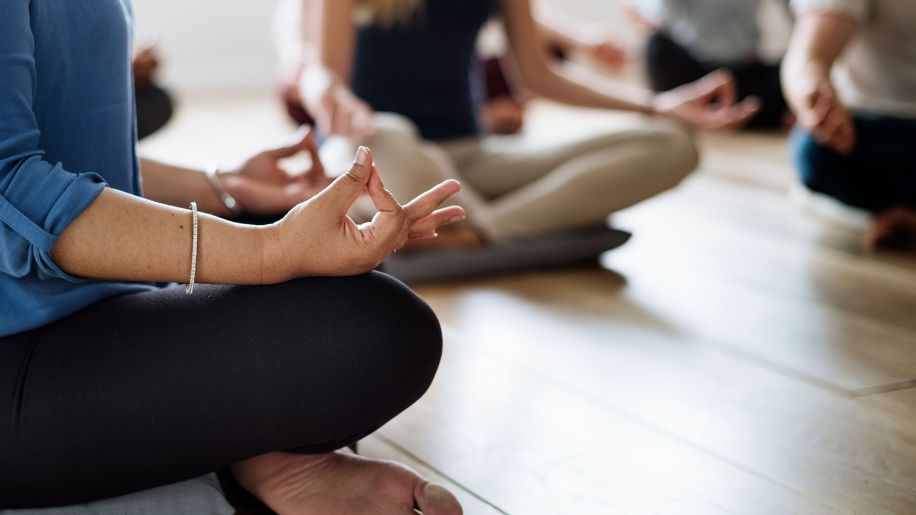
Get Zen for stress relief
Emotional stress can be tough on the body, potentially causing tight muscles, headaches, digestion issues, respiratory problems and increased pain sensitivity, which could exacerbate osteoarthritis flare-ups.
Lowering stress levels can help. There are numerous relaxation strategies to try, including deep breathing exercises, soaking in a hot tub, getting a massage or giving yourself a “time out” to decompress when you’re feeling frazzled or anxious.
Meditation may also be useful. Just sitting still for a few minutes to tune in to your breath can leave you feeling refreshed, energized and focused.
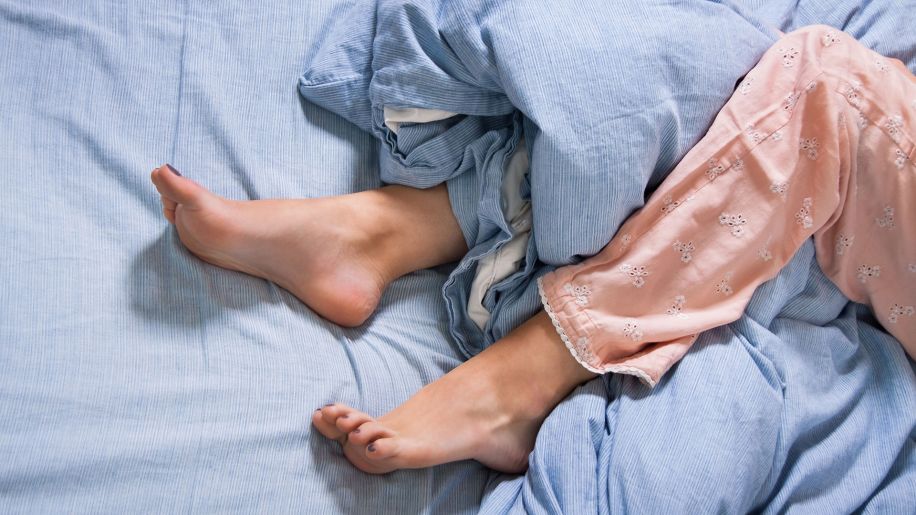
Make sleep a priority
About 70 percent of people with osteoarthritis have some kind of sleep problem, among them insomnia, which involves having trouble falling asleep and waking up earlier than you wish. Pain might be a culprit behind sleep troubles, but researchers also suspect that insomnia may also worsen or contribute to that pain. Sleep deprivation may also intensify pain during the day.
But you can get better rest, and possibly ease knee osteoarthritis pain in the process, by focusing on better sleep habits. Try going to bed at the same time every night—weekdays and weekends—and establish a nighttime ritual that gets you ready for slumber, such as taking a warm bath or reading a book. Avoid screens like TVs and smartphones for at least a half hour before bed, and opt for an early, lighter dinner rather than eating too close to bedtime.
If pain is still keeping you up at night, consider talking to your doctor about pain relief strategies, which could include cognitive behavioral therapy.
Featured Content

article
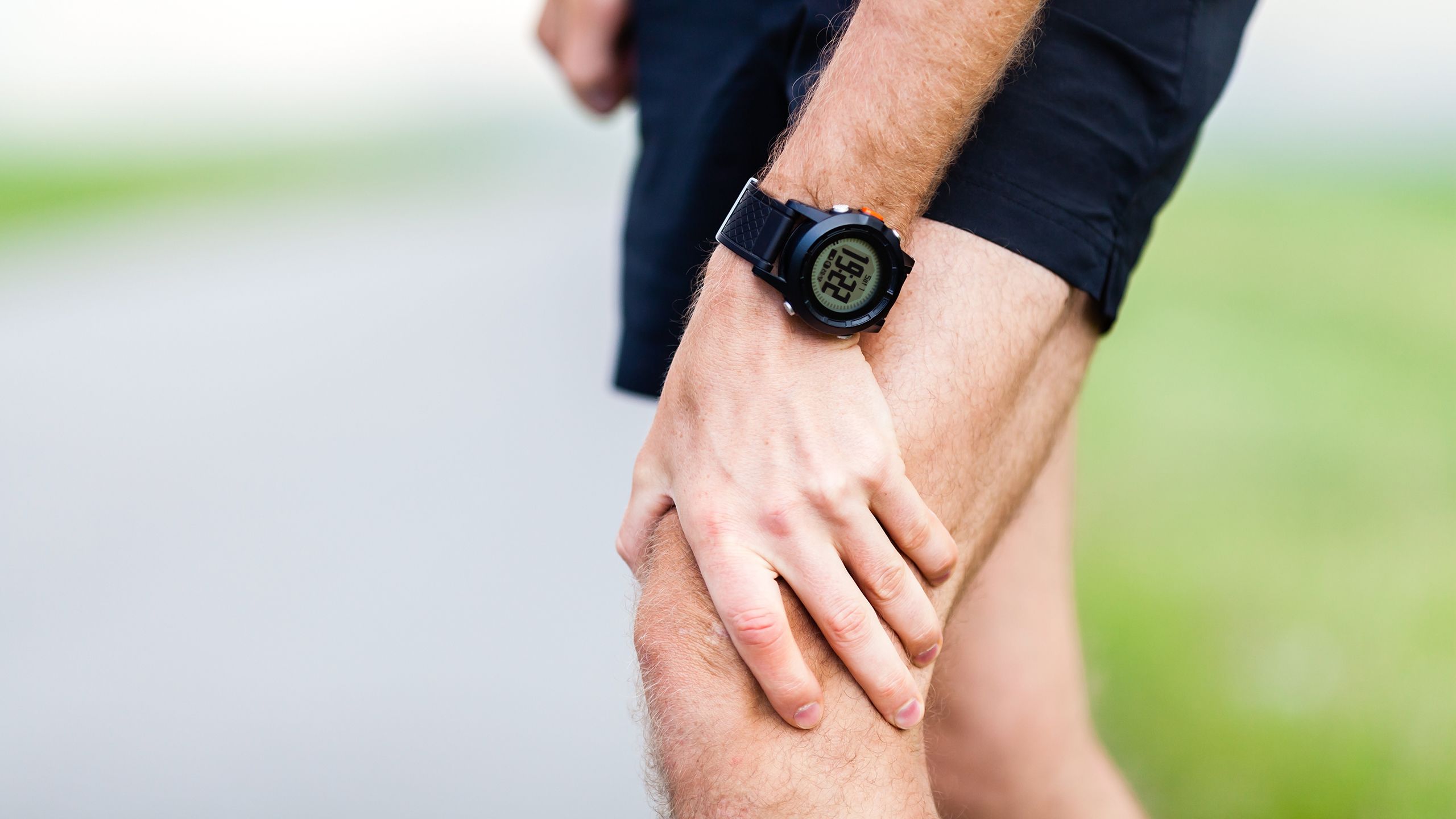
article

article


video

article
